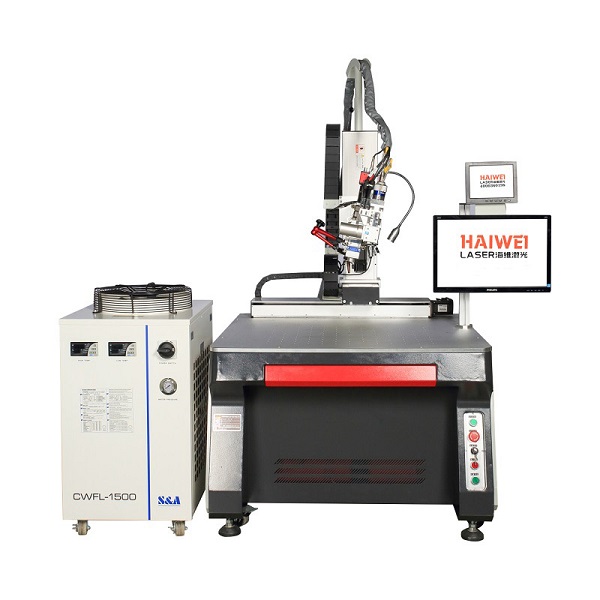Why Laser Welding Machines Offer Greater Flexibility Than Traditional Welding Systems
When comparing joining technologies, one key advantage of laser welding machines is their flexibility across materials, joint types, and production setups. Unlike conventional arc or resistance welding, laser systems provide a level of adaptability that supports both low-volume prototyping and high-speed mass production.

Material and Thickness Range
A single laser welding machine can join dissimilar metals—such as copper to aluminum or steel to nickel—without requiring different consumables. It also handles a wide thickness range, from thin foils (0.1 mm) to structural components (several mm), by adjusting pulse shape, power, and travel speed.
Non-Contact and Precision-Focused Process
Because the laser beam is non-contact, there’s no electrode wear or part deformation from clamping force. This makes it ideal for delicate components in electronics or medical devices. The focused spot size—often less than 0.5 mm—allows welding in tight spaces where traditional torches or probes can’t reach.
Easy Integration with Automation
Laser systems integrate smoothly with robots, linear stages, and vision guidance. The beam can be delivered via fiber optic cable, enabling compact integration into existing production lines. Changing weld patterns is often just a software update, not a mechanical retooling.
Support for Multiple Welding Modes
Modern laser welding machines support pulsed, continuous wave, and modulated output. This allows one system to perform spot, seam, stitch, or hermetic sealing—simply by changing parameters. Some systems even switch between conduction and keyhole mode within the same application.
Scalability Across Production Needs
From benchtop units for R&D to fully automated cells for automotive battery packs, the same core technology scales effectively. Users can start with manual loading and later add automation as demand grows.
For manufacturers facing frequent product changes or mixed-model production, this flexibility reduces changeover time and increases equipment utilization.
In summary, the laser welding machine stands out not just for precision, but for its ability to adapt quickly to different materials, geometries, and production volumes—making it a practical long-term investment in evolving manufacturing environments.
Recent Posts
- What are the advantages of laser welding machines in lithium battery pack production lines?
- What issues should be noted when choosing a lithium battery pack production line?
- Quality Inspection and Control of Lithium Battery Module Pack Production Line
- Cell grouping and sorting process in lithium battery module pack production line
- What are the safety hazards of lithium battery pack production lines and how can they be prevented?
INQUIRY

